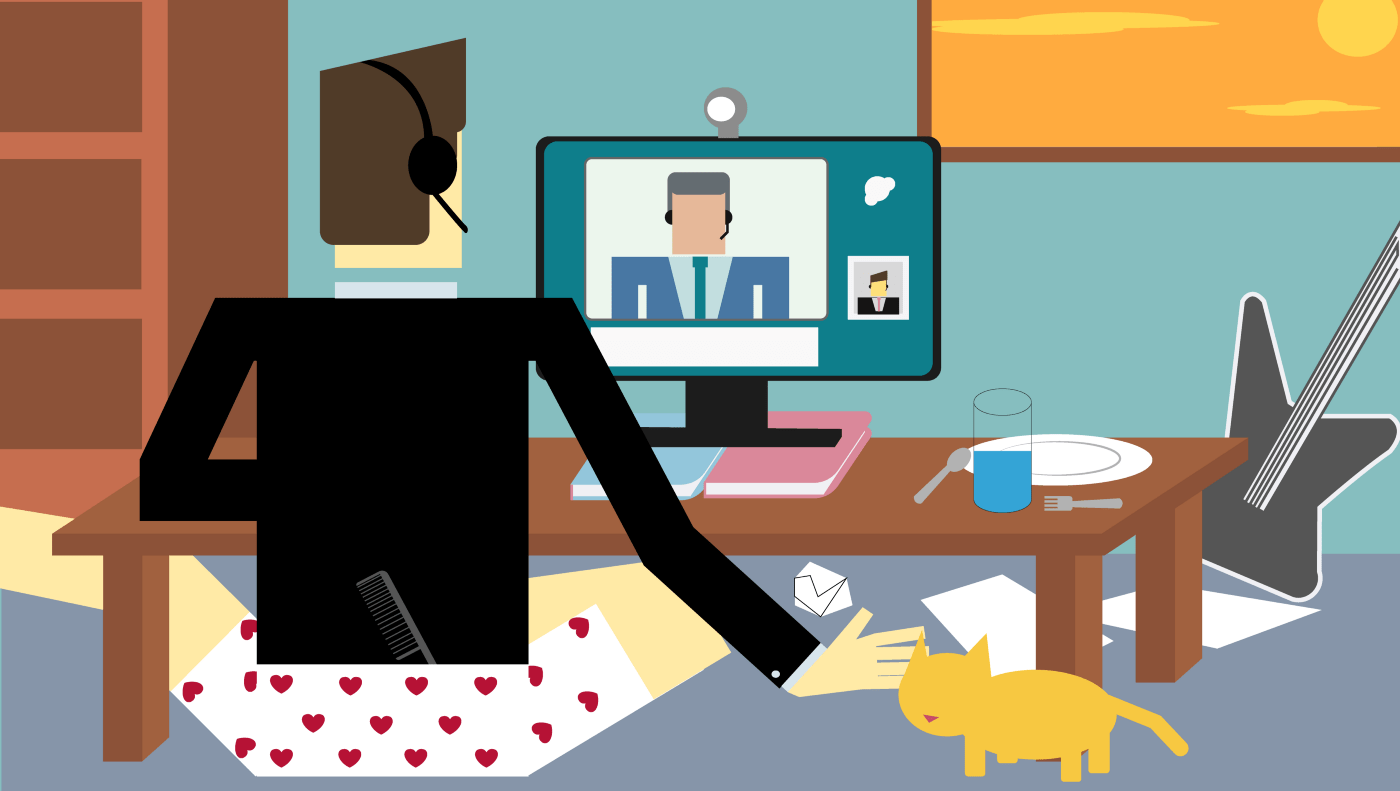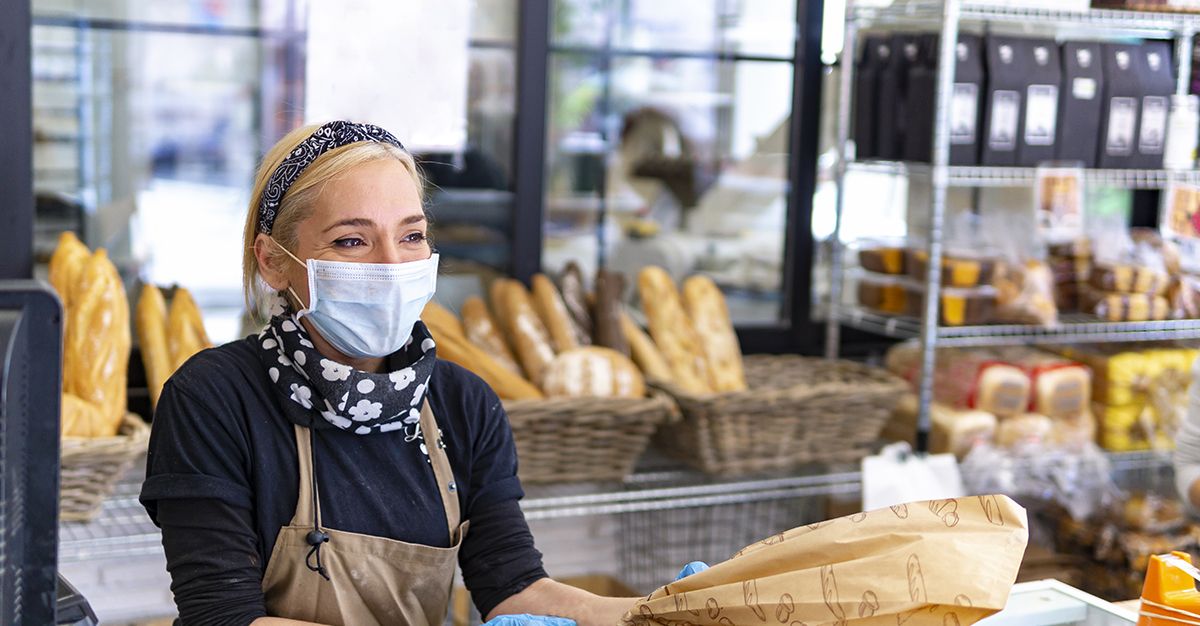
How subsidised childcare could save the COVID economy
A new analysis shows women have suffered the most, economically, from Victoria’s second lockdown. The study, conducted by Equity Economics found women account for 61 per cent of all job losses in Victoria, while Australia-wide, they account for 53 per cent.
What the study also found, was that Victoria’s road to recovery will favour male-dominated industries over female-dominated industries, which in turn, would affect women’s finances like superannuation and savings.
The study found that 341,000 men have continued to work, versus 169,000 women across all of Victoria.
New figures from the ABS found that the majority of women are still running the household and home-schooling children during the lockdown.
Angela Jackson, the leading economist from Equity Economics told Together Australia pointed out that the childcare situation is Australia, needs to be improved, which could mean that women could return to the workforce.
“The planned reopening definitely favours male dominated industries over female,” said Ms Jackson.
“The childcare situation is particularly dire, considering that women have to run a household as well as continue to work. There are government schemes in place to help like JobKeeper and JobSeeker as well as loan deferrals”.
But Ms Jackson said that industries such as retail, which are heavily dominated by women, have been on the decline, long before COVID.
“Especially since people are staying at home and the rise of online shopping, the retail sector is shrinking. This is a good time for women to start thinking about their future and looking into industries like the health and caring service,” she said.
“There are government schemes to help upskilling and pivoting, so it’s a good time to be looking at other options.”
The first major reopening in Victoria is scheduled for 28 September when most of the construction and manufacturing industries will return to work along childcare.
But the industries, like retail, hospitality, hairdressing and beauty, which employ more women, will remain shut.
According to the modelling from Equity Economics which uses February employment figures as its benchmark, 239,000 more men than women will move into the “open” categories (see here for more details).
And more women than men will remain in the “heavily restricted” and “closed” categories.
Women will only start to catch up on 26 October when industries such as non-food retailers open. But almost twice as many men will work in fully open industries as women by this stage.
But Australia wide, according to the latest figures from the Australian Bureau of Statistics, a survey of Australian households found 80 per cent of women reporting doing unpaid domestic work compared to 39 per cent of men.
It also found that 38 per cent of women reported unpaid caring responsibility compared to 11 per cent of men like childcare.
According to magazine publisher Bauer Media’s fifth HerPulse survey of 672 women carried out in July, also found six in ten were doing the majority of the work around the house including cooking meals. For mums, seven in ten said they were doing most of the childcare and 62 percent said they were doing the majority of home schooling.
The Grattan Institute has suggested childcare should be made cheaper to enable more women to do more paid work and to help lift the economy out of the COVID recession.
It calls on the Federal Government to spend an extra $5 billion a year on childcare subsidies.
The report also said the payoff would be an $11 billion-a-year increase in GDP to boost to workforce participation. And as a result, $150,000 in higher lifetime earnings for the typical Australian mother.
It recommends raising the childcare subsidy for low-income families from 85 per cent to 95 per cent, gradually tapering for households with income above $68,000. Under this scheme, 60 per cent of families would pay less than $20 per day per child for childcare.
“We can hardly be surprised that many mothers conclude that working an extra day for no or virtually no take-home pay makes no sense,” says Grattan Institute CEO Danielle Wood.
“And Australia’s high out-of-pocket childcare costs bite even harder now for families that have lost jobs or hours because of the COVID crisis.”
Noni Crawford from Hello Wealth said that there should be government incentives for women post COVID, like tax cuts.
“Women are in industries like personal training and beauty. And these industries have been heavily affected during COVID,” she said.
“Superannuation, we know, is a major issue for women. They will have significantly less in their super than men. It would be beneficial for the government to look at tax incentives, specifically for women, post COVID to help them get back on their feet.’




















